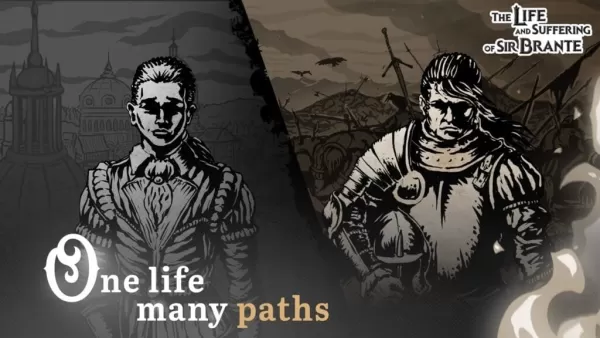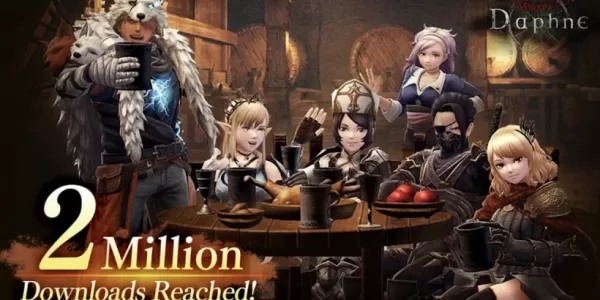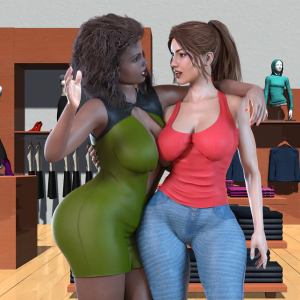The 1970s were a tumultuous time for Marvel Comics, marked by significant changes and the introduction of iconic characters and storylines such as “The Night Gwen Stacy Died” and Doctor Strange meeting God. However, the true golden age for Marvel arguably began in the 1980s, a period that saw legendary creators delivering some of the most influential runs on Marvel's flagship titles. This era brought us Frank Miller's groundbreaking work on Daredevil, John Byrne's transformative Fantastic Four, David Michelinie's innovative Iron Man, and the peak of Chris Claremont's epic X-Men saga. Additionally, Roger Stern's Amazing Spider-Man and Walt Simonson's Thor were just around the corner, further cementing the decade's impact. These creators and their works are pivotal to understanding why these characters continue to captivate audiences today.
When examining the entire history of the Marvel Universe, the 1980s stand out as a possible golden age for the company. In Part 7 of our series, we delve into the essential issues that defined this remarkable period.
More Essential Marvel
- 1961-1963: The Birth of a Universe
- 1964-1965: The Sentinels Are Born and Cap Dethaws
- 1966-1969: How Galactus Changed Marvel Forever
- 1970-1973: The Night Gwen Stacy Died
- 1974-1976: The Punisher Begins His War on Crime
- 1977-1979: Star Wars Saves Marvel From Bankruptcy
- The Dark Phoenix Saga and Other All-Time X-Men Stories
Chris Claremont’s legendary run on X-Men, which began in 1975, reached its zenith in the early 1980s with three monumental stories. The first, the Dark Phoenix Saga (X-Men #129-137), is widely regarded as the quintessential X-Men narrative. This cosmic epic, co-plotted and pencilled by John Byrne, showcases Jean Grey's transformation into the Dark Phoenix, introducing key characters like Kitty Pryde (Shadowcat), Emma Frost, and Dazzler. The saga's emotional climax, Jean Grey's sacrifice, remains one of the most poignant moments in the X-Men universe, despite her eventual return. While adaptations like X-Men: The Last Stand and Dark Phoenix have not fully captured the essence of the story, animated series such as X-Men: The Animated Series and Wolverine & the X-Men have done it justice.
Following closely, the two-part Days of Future Past (X-Men #141-142) explores a dystopian future dominated by the mutant-hunting Sentinels, first introduced by Stan Lee and Jack Kirby. Kitty Pryde's time-travel mission to prevent Senator Robert Kelly's assassination by Mystique's Brotherhood of Evil Mutants is a gripping tale that has been revisited and adapted into the 2014 film X-Men: Days of Future Past and the Wolverine & the X-Men series.
The final standout story from this period is X-Men #150, where a confrontation with Magneto nearly results in Kitty Pryde's death, leading to the revelation of Magneto's Holocaust survivor backstory. This pivotal moment set the stage for Magneto's complex character development into a more nuanced figure.
 X-Men #150
X-Men #150
The First Appearances of Rogue, She-Hulk, and the New Mutants
The 1980s also introduced some of Marvel's most iconic female characters. Rogue, a fan-favorite X-Men member, debuted as a villain in Avengers Annual #10, part of Mystique's Brotherhood of Evil Mutants. Her first appearance saw her drain Carol Danvers' (Ms. Marvel) powers, setting a new course for both characters. This issue also highlighted Carol's estrangement from the Avengers following her traumatic experiences with Marcus Immortus, as detailed in Avengers #200. Although challenging to adapt, Avengers Annual #10 remains a crucial chapter in Marvel's history.
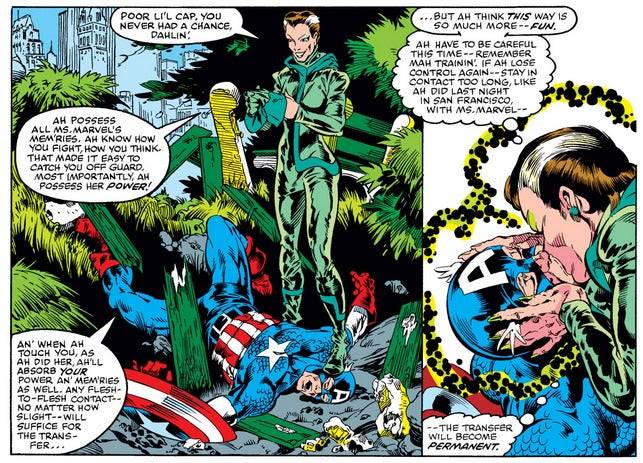 Rogue... as a bad guy in Avengers Annual #10.
Rogue... as a bad guy in Avengers Annual #10.
She-Hulk, created by Stan Lee, made her debut in Savage She-Hulk #1. Jennifer Walters, Bruce Banner's cousin, gained her powers through a blood transfusion and went on to become a beloved character, particularly after joining the Avengers and Fantastic Four. Tatiana Maslany brought She-Hulk to life in her MCU series.
The New Mutants, Marvel's first X-Men spin-off, debuted in Marvel Graphic Novel #4 and later in their own series. The initial team included Cannonball, Sunspot, Karma, Wolfsbane, and Dani Moonstar (Mirage), with Illyana Rasputina (Magik) joining in issue #15. This lineup, minus Karma, was featured in the 2020 New Mutants film, with Anya Taylor-Joy portraying Magik.
Iconic Storylines for Daredevil, Iron Man, and Captain America
Daredevil #168 marked the beginning of Frank Miller's seminal run, introducing Elektra and redefining the character's mythology. Miller's two-year saga transformed Daredevil into a gritty, noir-inspired hero, cementing Kingpin as his arch-nemesis and introducing Stick and the Punisher. The iconic issue #181, where Bullseye kills Elektra, remains a defining moment, despite her later resurrection. Miller's work inspired the 2003 film and the 2015 Netflix series, with the upcoming MCU show Daredevil: Born Again set to continue this legacy.
David Michelinie and Bob Layton's Doomquest storyline in Iron Man #149-150 saw Iron Man face Doctor Doom in a solo battle, sending them back to Arthurian times. Iron Man allies with King Arthur while Doom collaborates with Morgan le Fay, establishing Doom as a key member of Iron Man's rogues gallery.
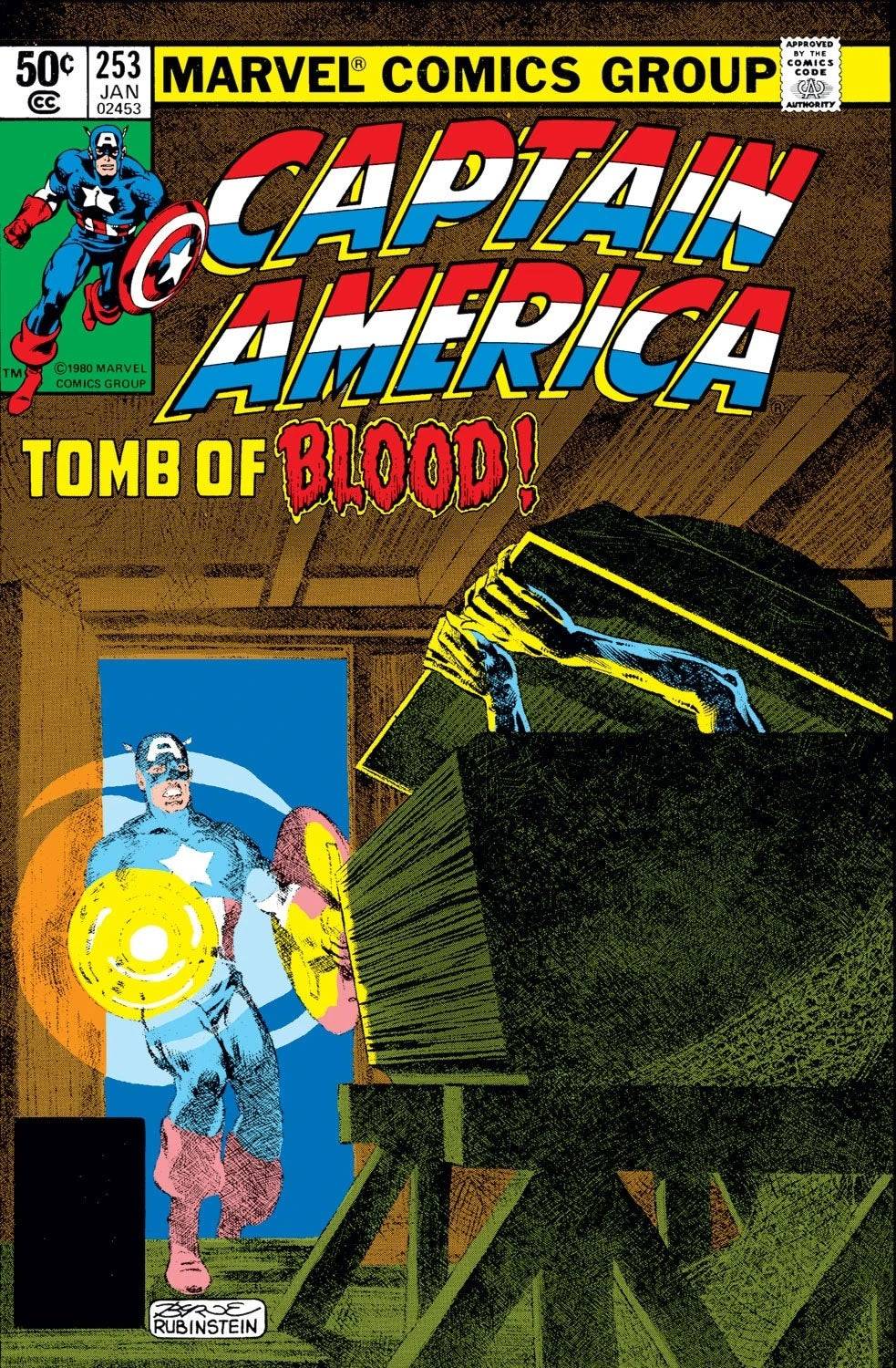 Captain America #253
Captain America #253
Roger Stern and John Byrne's Captain America #253-254 featured a dark confrontation with Baron Blood, a Nazi vampire linked to Cap's WWII Invaders days. This gripping tale, with its intense artwork and dramatic conclusion, stands out as a highlight of their brief run on the title.
Moon Knight Becomes a Hero and Marvel Helps Create the G.I. Joe Mythology
Moon Knight #1 solidified the character's heroic persona, detailing his origin and introducing his alternate identities, Steven Grant and Jake Lockley. This issue laid the foundation for all future Moon Knight stories, following his initial antagonistic role in Werewolf by Night #32.
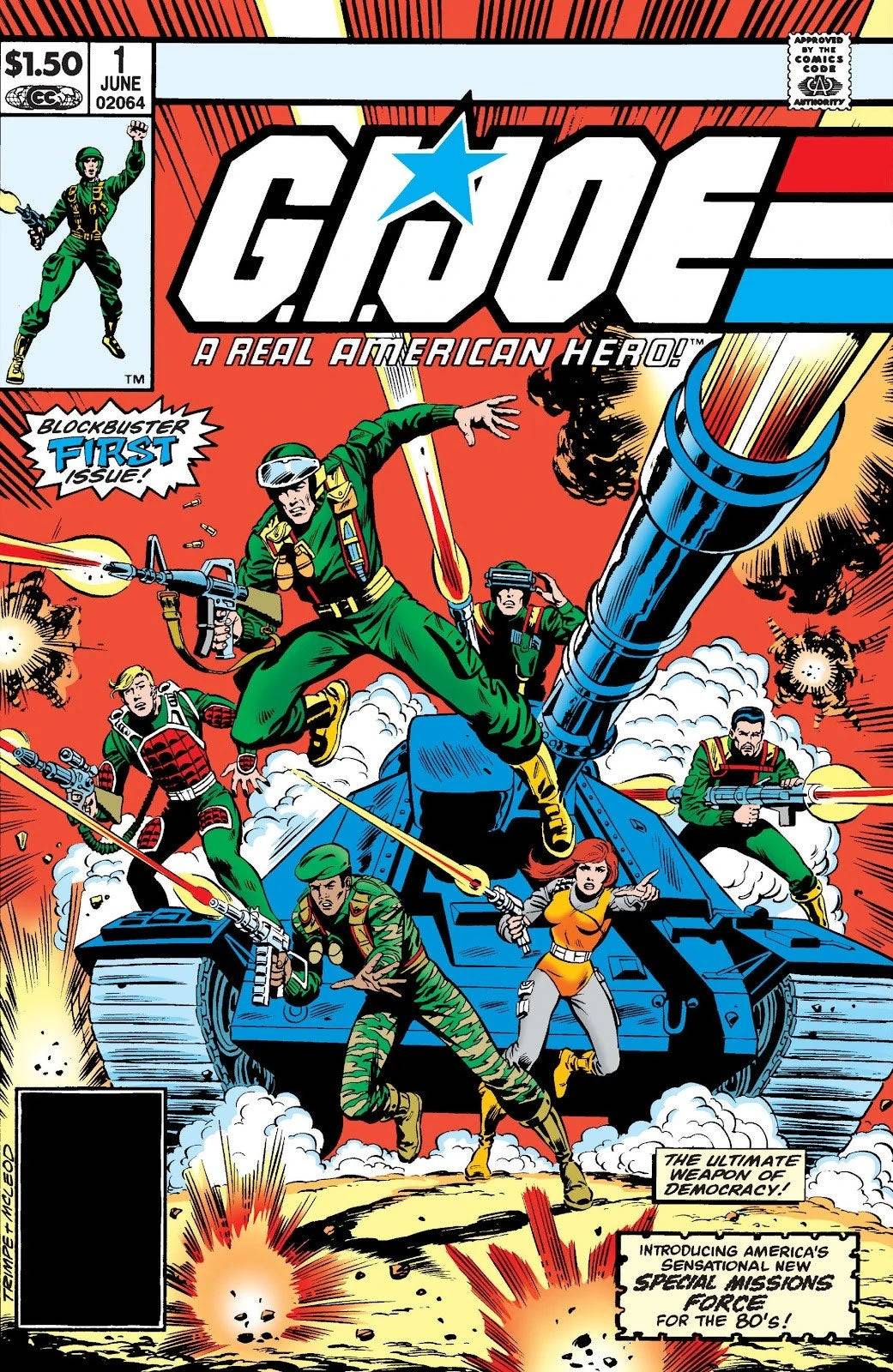 G.I. Joe #1
G.I. Joe #1
Although not owned by Marvel, the G.I. Joe franchise owes much of its character development to Marvel Comics. The Real American Hero toy line was accompanied by a comic series starting in 1982, with Archie Goodwin and Larry Hama crafting the narrative and characters, including Scarlett, Snake Eyes, Storm Shadow, Lady Jaye, and the Baroness. Hama's storytelling and character development made G.I. Joe one of Marvel's most popular titles, with a significant female readership due to the strong portrayal of its female characters.

